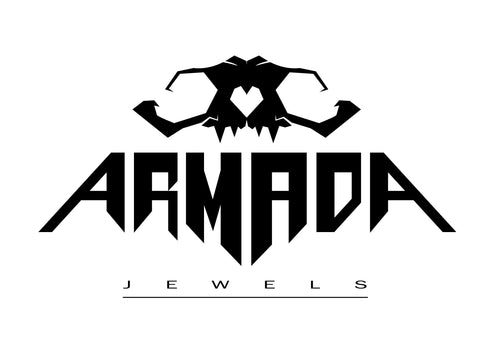Meerkats
Ring made of 925 Silver, which is part of the “Animalia” collection depicting a family of meerkats.
The meerkat is a small carnivorous mammal related to mongooses. He lives most of his life digging and renovating complex burrows, up to several hundred meters long in total. Meerkats form very large families (they can reach up to 70 members), within which they develop a rigid hierarchical structure: the younger animals act as sentinels and hunters, the adults take care of the construction of the dens while the older people control the smooth running of the colony's activities. It prefers sandy and easily excavated soils, often near large tree roots or other animal burrows
It lives in arid, savannah and semi-desert areas of Central-Southern Africa, from the highlands of Laikipia (Kenya) and the Gulf of Guinea to the Namibian Skeleton Coast and the South African plains.
At the top of the group there is the only mare couple. It feeds mainly on insects, annelids and arachnids, but does not disdain small reptiles and mammals.
Use this accordion to add info such as Materials, Sizing, Features, Shipping and Returns policies
Use this accordion to add info such as Materials, Sizing, Features, Shipping and Returns policies
Our Story, Our Promise
Use this text to describe a product, promotion, or your company.
Frequently Asked Questions
-
Use this text block to discuss some commonly asked questions like shipping and returns, sizing, warranties, or product and company details.
-
Use this text block to discuss some commonly asked questions like shipping and returns, sizing, warranties, or product and company details.
-
Use this text block to discuss some commonly asked questions like shipping and returns, sizing, warranties, or product and company details.
-
Use this text block to discuss some commonly asked questions like shipping and returns, sizing, warranties, or product and company details.
















